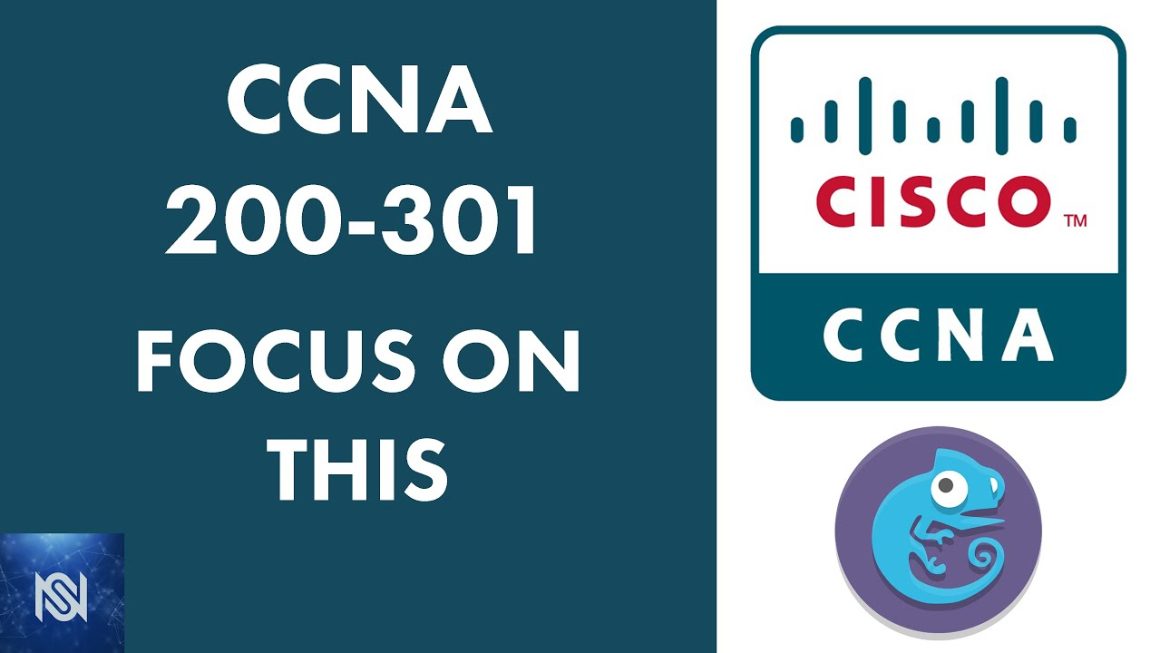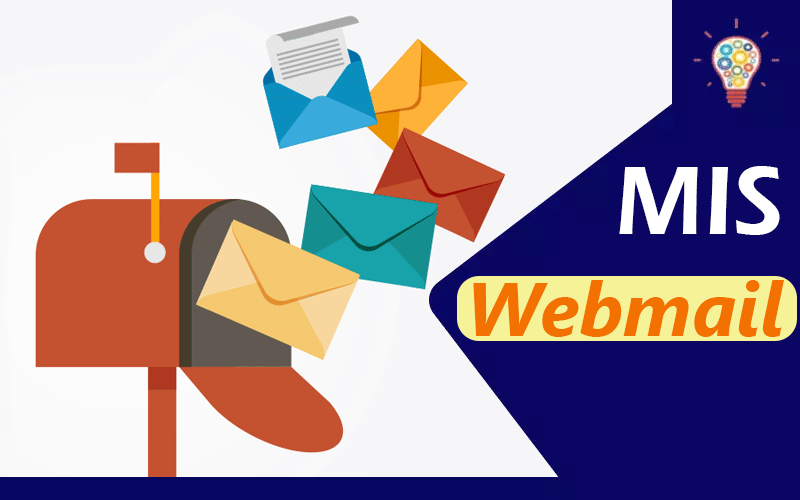This article will provide useful information about what your IB Extended Essays (EE) require. This is your IB Extended Essay Checklist. It covers all aspects of your EE.
IB Extended Essay can be a smaller beast if you allow it to grow enough. Relax your mind and let go of all stress. Follow the simple steps in this article. You don’t need to panic. Don’t panic, trust us, and listen to our advice. IB extended essay writing service experts know how to do their job and if you feel that you need help, do not be afraid to ask for it.
Let’s move on from pun-ny inserts and tell you why the IB extended essays can be an interesting and easy mountain to climb:
- Your choice
- Freedom to choose a topic
- You have the option of choosing your mentor
- Your mentor will provide you with continuous feedback and support
What is an IB Extended Essay?
IB Extended Essay (IBEE) is another mandatory requirement of the IB Diploma Programme. This is a mini-thesis you will write under the guidance of a mentor/advisor. Your school will provide an IB teacher as your mentor. Students must conduct their own independent research on a topic they choose. The limit is 4000 words. As an IBO approves your topic, you will choose a research question. You can either write a standard research paper or do an experiment/solve a problem of EE.
Choosing your mentor
Although I could write too many paragraphs to give you unnecessary information, let’s get to the point. The heart desires what it wants. You will choose an advisor/mentor with whom you feel the strongest connection. If you are unsure about which mentor or advisor you should choose, it is best to listen to your brain. You can get rid of toxic relationships and choose a mentor who is knowledgeable. If you’re lucky, your mentor and someone with extensive knowledge of your chosen topic will be the same person. Consider these two points when choosing an advisor:
- A knowledgeable advisor familiar with your topic
- A coach who will push you to your best
How do you choose your topic?
When choosing your topic, keep these things in mind:
- Select a topic you are interested in.
- Topics that have enough material and resources.
- You should choose a topic that is both too narrow (so you have plenty of material) and too broad (so you don’t exceed the word limit at 4000 words).
Structure of IB Extended Essay
Before we get into the structure let’s clarify one thing: there is a distinction between title and research query. Your research question is different from your title. Your research question should be a concise and specific summary of your research. The title “The Effects of Gender and Age on Photoreceptor Cells in the Human Retina” is an example of a research question, while the following are examples:
1. Research Question
2. Table of Contents
These include:
- Introduction
- Methodology
- Main body
- Conclusion
- Bibliography
- Appendices
3. Introduction
Discuss the topic you are currently researching in your EE.
- A concise description of the topics you are going to explore and the methods you’ll use. Talk about the problems faced by the firm or industry you are targeting and the method you will use to solve them.
- You must provide context for your question by addressing the situation from which it is being asked.
- Describe your research question and stress the importance of answering it.
- Describe the benefits of your research, including how it is interesting and valuable for your audience.
4. Methodology
To ensure you are covering all important points, it is a good idea to split the section into two sections.
Section – 1 Explaining your sources
Section – 2 Similar topics, theories, and arguments you will use for exploration
Section 1: Sources
- Please describe each source of primary and second research.
- Inform readers about the benefits of these sources.
- Give the reader an insight into any weakness or limitations of each source. You might be able to show how your research was limited or biased. You might also have other reasons that the data you used is not reliable or invalid.
- Secondary research can be done using news articles, magazines articles, company annual reports, and business textbooks.
- Mention any changes (at least one) that you made to your research during your EE.
Section 2: Similar topics, theories, and arguments
- Briefly describe the theories you will use and why. (What are you trying to support with these theories).
- Discuss the weaknesses and limitations of each topic, theory, or related argument.
- Mention any modifications made as you worked with your EE.
5. The Main Body
This section of your essay is the most complex. This section will be the most detailed and include research, analysis, discussion, and evaluation.
We recommend that you divide your section in two sections to maintain the flow of the previous section. One section will show your understanding of IB concepts from your business management class, while the other will address the relevant material outside your course.
Section 1: Your course learning will be shaped by related arguments, theories, and topics.
- Add 4 or 5 so these will help answer your research question.
- If possible, it is recommended that at least one financial component be included. Prioritize your qualitative tools over the quantitative.
Section 2: Beyond Your Course
This section is an opportunity to educate your reader/evaluator.
- You will be able to review several theories and concepts that are related, much more than the course.
- Give the impression that you are an expert in the industry to impress your reader. Your expertise and knowledge, as well as expert opinions, can be displayed in multiple areas of your question.
- This section should be more descriptive than descriptive. You must ensure that your theories are actually helping you answer the research question.
- A graph can be used here, but it must relate to the research question.
- If applicable, use theories and supporting arguments that relate to your research.
6. The Conclusion
This section is fairly self-explanatory. Now it is time to connect all of your sections.
- This is where you need to focus on making your EE sections coherent.
- Discuss what you’ve done and how it helped answer your research question.
- Don’t include anything new in the conclusion.
- Include mini-conclusions to help you synthesize your essay.
- If necessary, you can also include evaluative insights.
- Mention the weaknesses and limitations of your research, and how they affect your research. These limitations can be addressed and the reasons for them.
- Please explain at least one thing you would do differently if it were you again.
7. Bibliography
This section is intended to provide a glimpse into your research resources. This section may contain:
- Secondary Resources
– Books -textbooks, internet resources, journals, academic papers, competitor interviews, etc. - Primary Resource (if applicable). -Interviews, data (focus groups, surveys, etc.
8. Appendices
Killer Papers explains that this section is more formal and serves to highlight the hard work you have done.
- Transcripts of your interviews
- You may have done additional analysis that didn’t fit into the body of your EE.
- Any other relevant data you’d like to include in your work.



